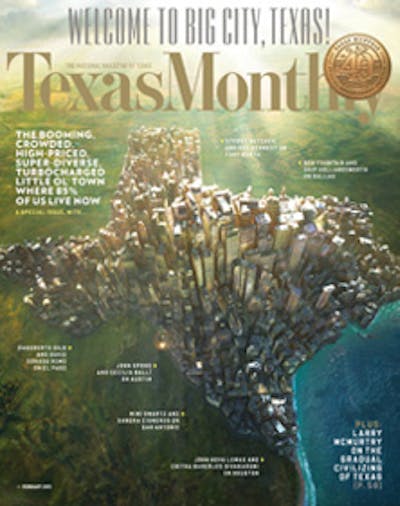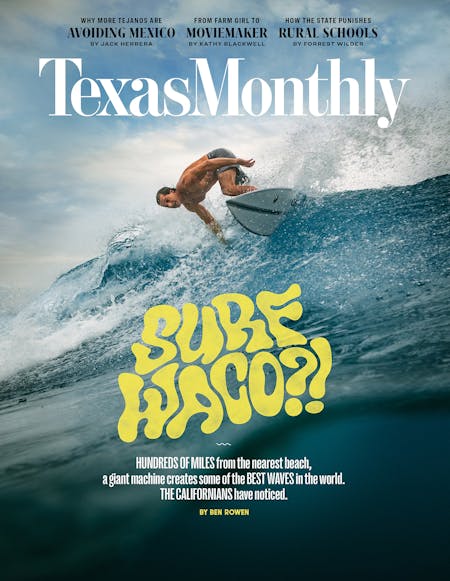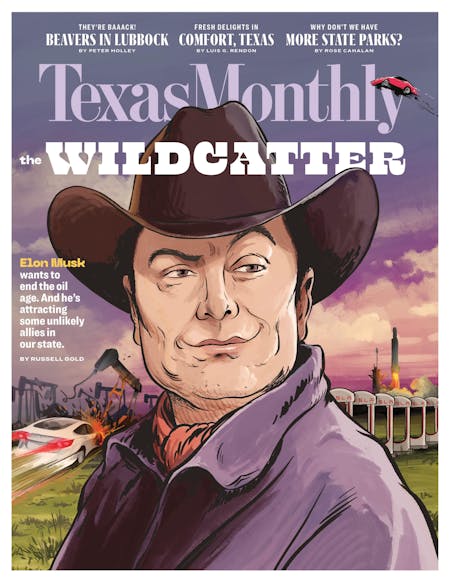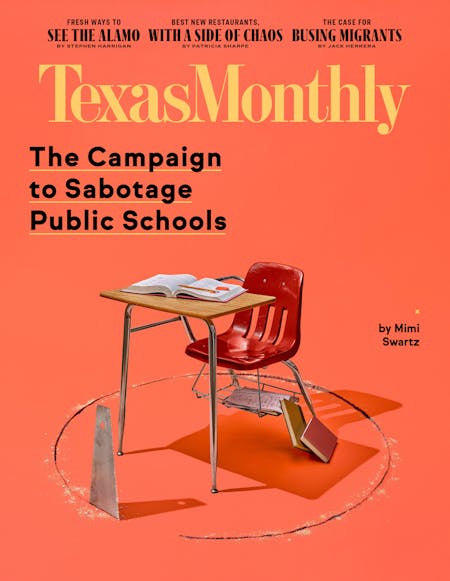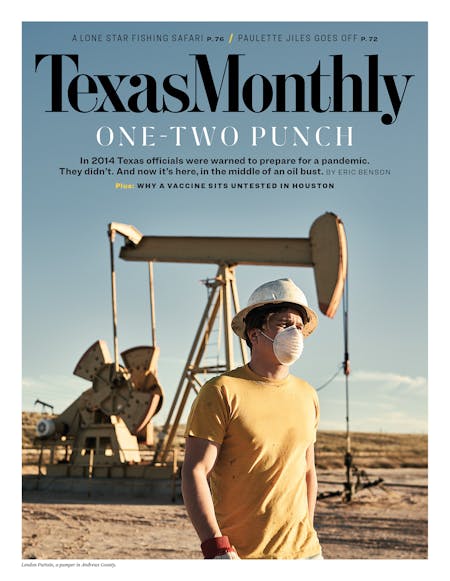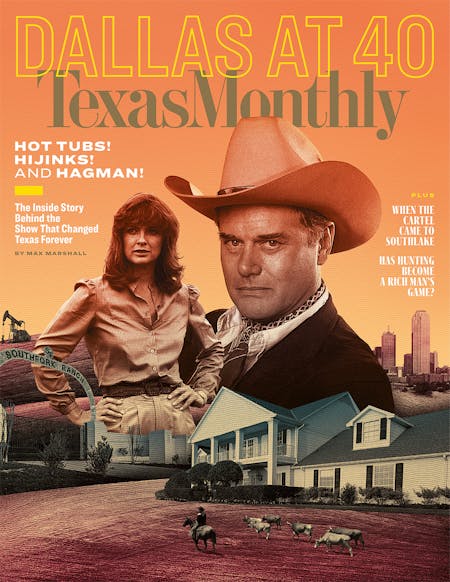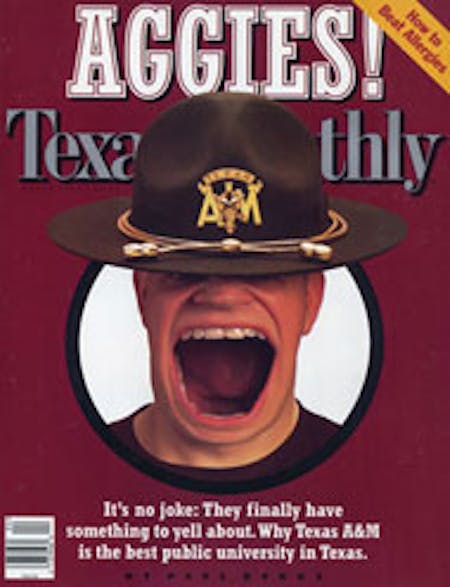
February 2013 Issue

Features




The Artist and the City
For thirty years, when she wasn’t writing books or winning genius grants, Sandra Cisneros has been pushing and prodding San Antonio to become a more sophisticated (and more Mexican) city. Now she’s leaving town. did she succeed?

San Antonio Rose
I used to think my hometown was a sleepy, slow-moving place where nothing much would ever happen. But forty years after I left, the city is a bustling, economically vibrant, progressive place I hardly recognize—in a good way.

On Hillcroft
When driving down 59 after work you squint at the setting sun that glares redly in your eye, and around you the cars have become an ocean of unmoving metal, come to Hillcroft.Nothing to eat at home except what you might pull out of the freezer. Piles of bills, TV,

My Montrose
Forty years (and more) of the exuberant, eclectic neighborhood where I was born, grew as a writer, and found inspiration for the early pages of this magazine.


The Other Ellis Island
Segundo Barrio, with its turn-of-the-century tenement buildings and dozens of brightly colored murals, is one of the most historic neighborhoods in the country. As the first community that immigrants encounter after crossing the Rio Grande from Juárez, it is known as the Ellis Island of the border, and over the

An Ode to Album Park
Forty years ago I would burrow inside the nose cone of a three-story rocket slide at Album Park. Not Eastwood Park—officials have force-fed El Pasoans that name since the park opened, in 1968, but, like ketchup on hamburgers, we don’t ever use it. Peering through the steel rods that made


The Best Laid Plan
El Paso’s latest urban redevelopment scheme is one of the nation’s most far-reaching and innovative. It is also, as any resident will tell you, one of its most contentious.

Pride and Prejudice
It’s time for Texas to get smart about its westernmost—and most ignored—city, where an old pass tracks the route of our future.

Do Call It Dallas–Fort Worth
All my life we’ve wanted top billing. But in the eyes of the world, we’re forever the sidekick: Dallas–Fort Worth. We’ve tried, over the years, to use that thirty-mile-long hyphen between the cities like a battering ram, deriding our rival for having fewer museums, no Bass brothers, and no sense

Change of Art
Just over forty years ago, Texas was the kind of place dismissed as hopelessly provincial and culturally mediocre. But then came the Kimbell Art Museum.


In Praise of My Sports Town
How I’m learning to love the Cowboys. And the Mavericks. And the Rangers. And the Stars. And . . .


By Invitation Only
In a city that loves its parties, there’s perhaps none so aesthetically significant as Two x Two for AIDS and Art, Dallas’s most cutting-edge fundraiser—and one hell of a good time.

Jackpot of the Plains
My unsentimental education in the wheeler-dealer ways of the most American of Texas cities.
A Capital Time
Midland's Tom Craddick shares a few memories from his forty-plus years in the Legislature.

What’s With Austin’s Traffic?
Two questions for Ginger Goodin, of the Texas A&M Transportation Institute.


All Grown Up
Austin is booming with jobs, condos, festivals, traffic, hipsters, joggers, and high-concept dive bars (anyone for Lone Star and seared foie gras?). Does that mean it’s no longer Austin?

The Walking Deadline
For decades, the state’s big urban newspapers helped bind together the inhabitants of our major cities. Now those papers are threatened by a rapidly evolving (some might say collapsing) business model. Is there hope for daily journalism in Texas?

Horsemen, Goodbye
Thoughts on the gradual march of civility and urban sprawl across the lost frontier.
Columns

The Texanist’s Take on Picking Pecans Out of Other People’s Yards
On pecan picking, marrying a Californian, and apartment dwelling . . .
